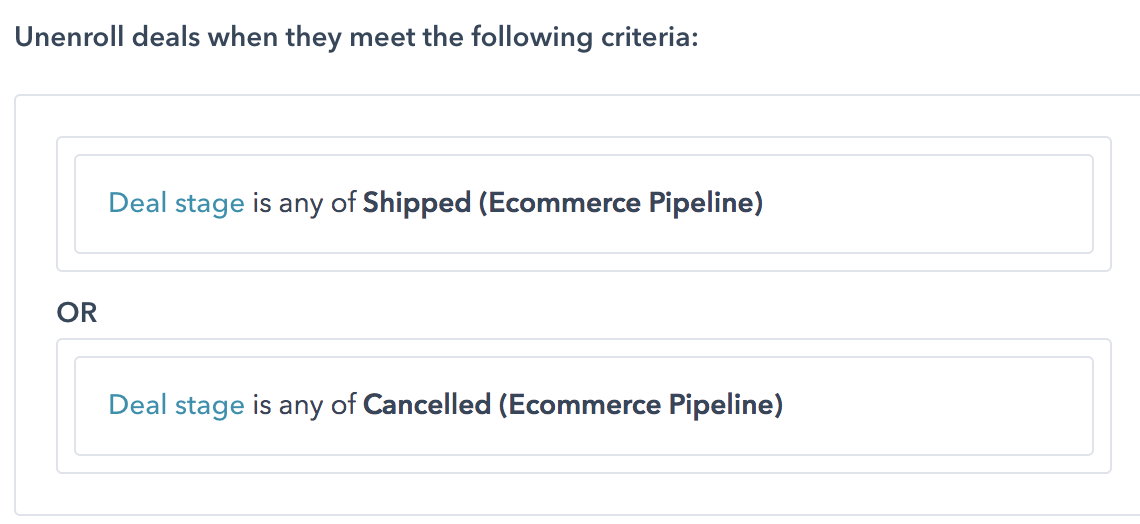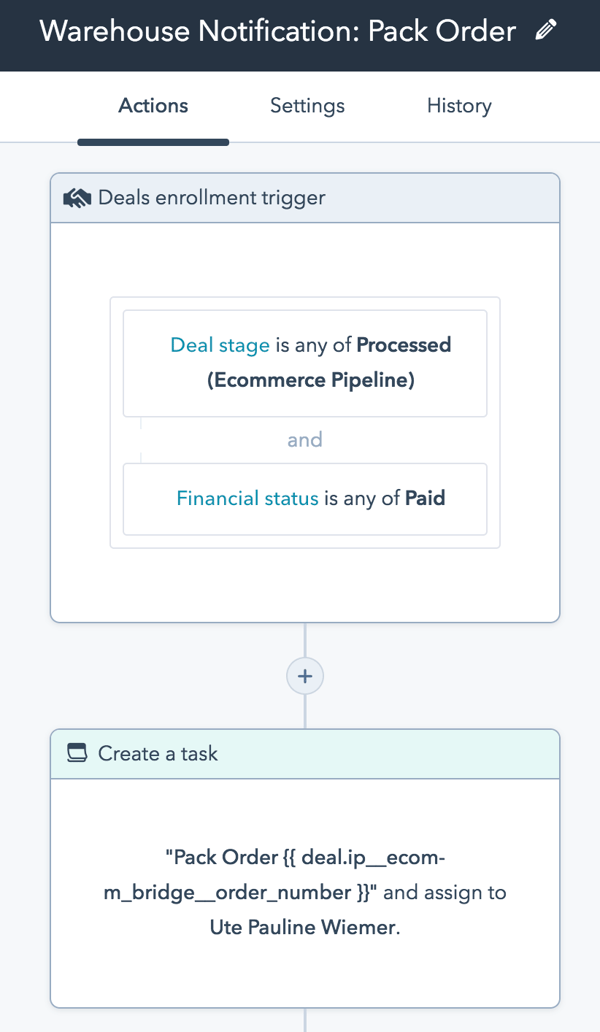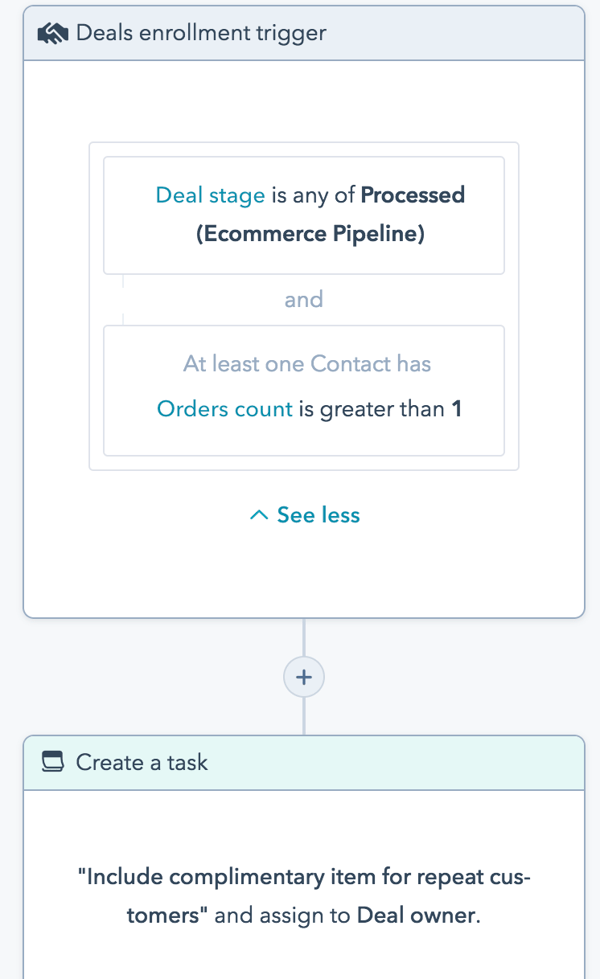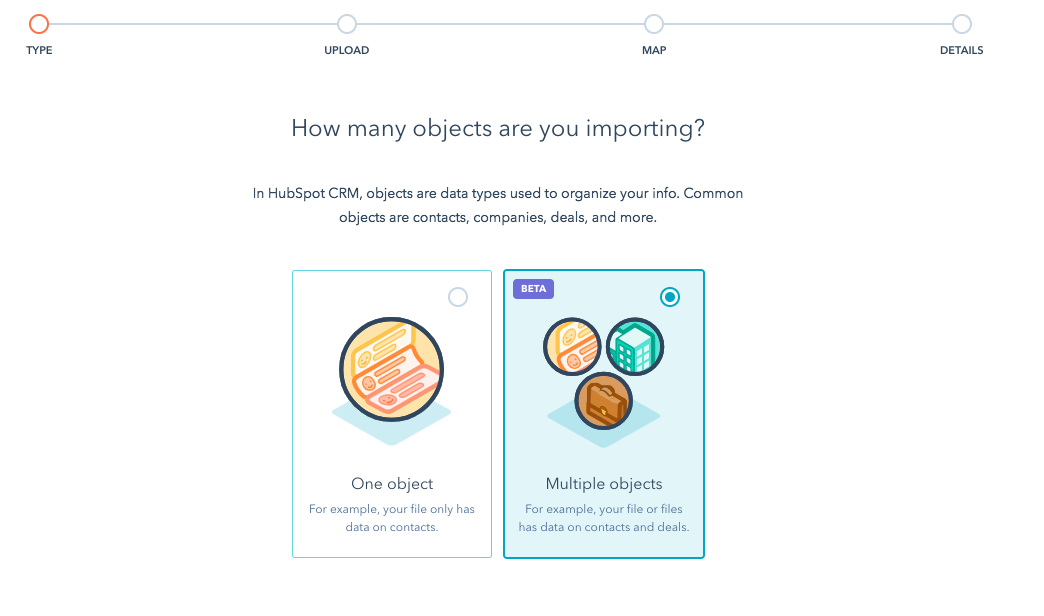Before starting as an Implementation Specialist at HubSpot, I was a small business owner running a Shopify-based ecommerce store. The incredible experience of building a business from the ground up not only helped me grow as a person and a professional, but also let me experience firsthand the challenges that owners of small and medium-sized businesses — who now make up the majority of my customers at HubSpot — face on a daily basis.

In this article, I combined this experience with my knowledge of Shopify and HubSpot to come up with some solutions to common ecommerce pain points using deal-based workflows. All these are based on the HubSpot – Shopify integration, and most of them require a HubSpot Marketing Hub Professional and/or a Sales Hub Professional account. These solutions are also applicable to Marketing Hub Enterprise and Sales Hub Enterprise users.
Now let's get learning!
The Top 4 Pain Points
Below are four common ecommerce pain points we'll cover, along with how to use HubSpot deal-based workflows for each one.
- Automating shipping and delivery updates
- Sending personal thank you emails for first-time customers
- Automating admin tasks
- Rewarding repeat customers
1. Automating shipping and delivery updates
Most people I met in the Shopify community started their business out of their garage, bedroom, or broom closet. They eventually outsourced their fulfilment (packing, shipping, and delivery) to external logistics providers or a warehouse service.
This means that they have very limited control over the logistics aspect of their business. Yet, they have to directly compete with the exceptional customer service of ecommerce giants like Amazon that delight customers around the globe with exact delivery time slots and live order updates.
Talk about pressure! Luckily, HubSpot's here to help.
Deal-based workflows can bridge the time between when a customer places an order and the moment an email with a tracking link of the logistics partner goes out. Automated email notifications like the one below keep the customer engaged and build trust.
In a pilot I did with a Shopify store, a deal-based workflow that kicks in with a series of automated email updates when order fulfilment takes longer than five hours reduced the number of support tickets related to order delivery by over 40%.

Workflows for automated shipping updates can be triggered by the Shopify property Fulfilment Status or with tags used to categorize orders in Shopify.
For example, a warehouse employee might tag an order as packed in Shopify once it's ready to go out for delivery. This would then trigger an email notification for the customer informing them that their order has been packed.

As soon as the fulfillment status of the order is changed in Shopify, contacts get unenrolled automatically to ensure that notifications for the customer are always up to date. For example, a customer should not receive an Order has been packed notification after they've received a shipping notification.

2. Sending personal thank you emails for first-time customers
When we first launched our ecommerce business, I used to personally reach out to each and every person who placed an order for the first time, thanking them for their purchase and asking for feedback. Some of these customers became evangelists for our brand later on.
As the business grew, I eventually stopped sending these emails because it was simply too much work. While personalization is important, it doesn't have to be manual. This just won't always scale. That's where HubSpot comes in.
With deal-based workflows, Shopify store owners can show every single one of their customers how valued they are. In the workflow below, an automated email is sent out seven days after a customer's first order is shipped. Delays in the workflow help to make the communication look natural and can be based on the average time that passes between the time an order is placed and the time it's delivered to the customer.


3. Automating admin tasks
Deal-based workflows can also be used to automate time-consuming admin tasks like preparing a daily list of orders that need to be shipped and passing it on to the warehouse.
In the workflow below, Shopify properties like Fulfilment Status and Financial Status are used to qualify orders that are ready to be shipped and to trigger the creation of a task. For example, unpaid orders shouldn't be shipped, so the workflow trigger is based on the financial status Paid.

There's a lot of opportunity for customizing workflows based on Shopify tags because these order tags are fully customizable for each Shopify store. Other examples for processes which could be automated like this are handling returned and cancelled orders or following up with customers whose payments are delayed.
4. Rewarding repeat customers
B2C ecommerce businesses typically make little or no money on a customer’s first order because margins aren't high enough to compensate for high customer acquisition costs. So delighting repeat customers is essential for business success.
When I was running my own ecommerce store, we used to include a handwritten thank you note along with a discount voucher or a complimentary item with orders from repeat customers (whenever we remembered, that is).
A deal-based workflow triggered by a customer placing a repeat order helps ensure that the business’s most valuable customers receive special attention and care. The workflow below is triggered when a customer places an order AND when they've placed more than one order in total.

Now It's Your Turn
Do you have any suggestions about using workflows for ecommerce? The options are endless with workflows, and I'd love to hear your thoughts! Head on over to the HubSpot Community to start sharing your ideas.










